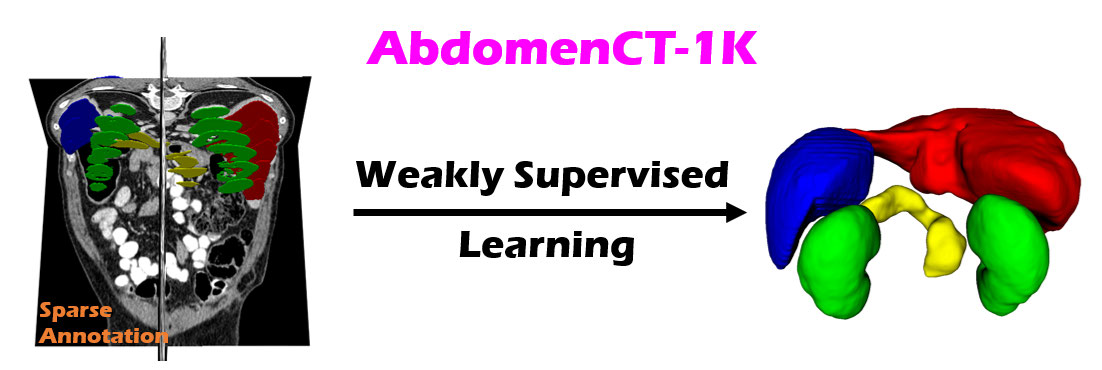Our baseline method is built on the combination of 2D nnUNet [1] and fully connected Conditional Random Fields (CRF)[2], which is motivated by Gao et al.'s method in addressing the missing annotation problem [3].
Code and trained models are publicly available here.
[1] F. Isensee, P. F. Jaeger, S. A. A. Kohl, J. Petersen, and K. H. Maier-Hein, "nnU-Net: a self-confifiguring method for deep learning" based biomedical image segmentation,” Nature Methods, vol. 18, no. 2, pp. 203–211, 2021.
[2] P. Krahenbuhl and V. Koltun, “Efficient inference in fully connected CRFs with gaussian edge potentials,” vol. 24, pp. 109–117, 2011.
[3] M. Gao, Z. Xu, L. Lu, A. Wu, I. Nogues, R. M. Summers, and D. J. Mollura, “Segmentation label propagation using deep convolutional neural networks and dense conditional random field,” in 2016 IEEE 13th International Symposium on Biomedical Imaging, pp. 1265–1268, 2016.

